News Of the World by Queen
Buy News Of the World News Of the World was recorded and released in the heart of Queen’s most prolific and creative era and may be the band’s most balanced album. It bridges […]
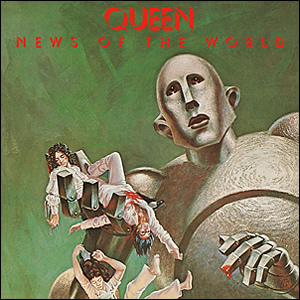
Buy News Of the World News Of the World was recorded and released in the heart of Queen’s most prolific and creative era and may be the band’s most balanced album. It bridges […]

Buy New Miserable Experience Released during the heyday of the grunge music movement, New Miserable Experience was the peak of Gin Blossoms‘s short-lived fame in the early 1990s. It consists of lean and […]
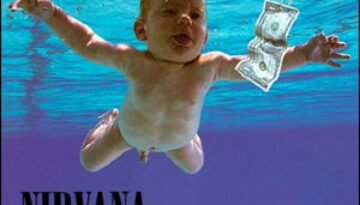
Buy Nevermind I was born on the same day in February 1991 that Kurt Cobain, the lead singer, guitarist, and principle songwriter for Nirvana, celebrated his twenty fifth birthday. Later that same year, […]
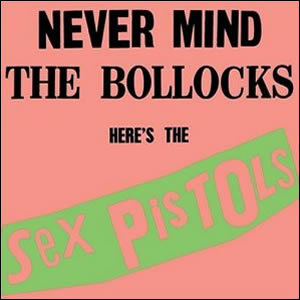
Buy Never Mind the Bollocks, Here’s the Sex Pistols The ongoing tradition of rock n roll has always been to push conventional boundaries and be a voice for the youth. In the 1950s, […]
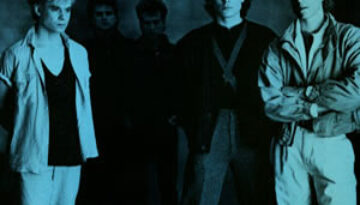
Buy Nervous Night The Hooters big label debut was, by far, their most successful album in America. Nervous Night sold over two million copies, achieving multi-platinum status, and spawned multiple Top 40 hits. […]
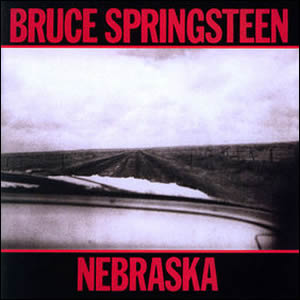
Buy Nebraska Bruce Springsteen‘s 1982 solo album Nebraska was an original “demo” that found unexpected life as a major label recording by a major label artist. The tracks for this sparsely-recorded album were […]
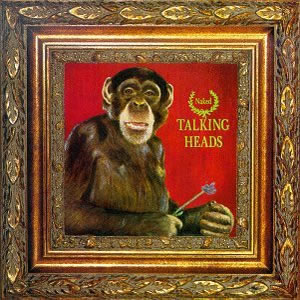
Buy Naked Talking Heads eighth and final album was Naked , released in 1988. The album was an attempt at a quasi-concept album which brings the listener to an ironically serene world following […]
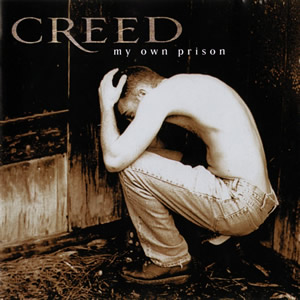
Buy My Own Prison Over the course of 100+ weeks on the album charts, Creed’s 1997 debut album, My Own Prison steadily grew from a small independent release to a multi-platinum blockbuster which […]
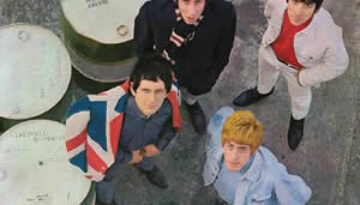
Buy My Generation The Who released an impressive debut album in December 1965 with My Generation. Although the group was initially dissatisfied with the album, it has grown in the past half century […]
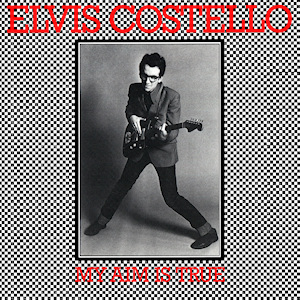
Buy My Aim is True My Aim Is True is the debut album by Elvis Costello and it introduced the world to a hybrid sound that drew near equal influence from 1950s old […]